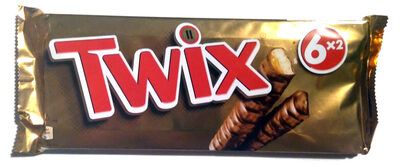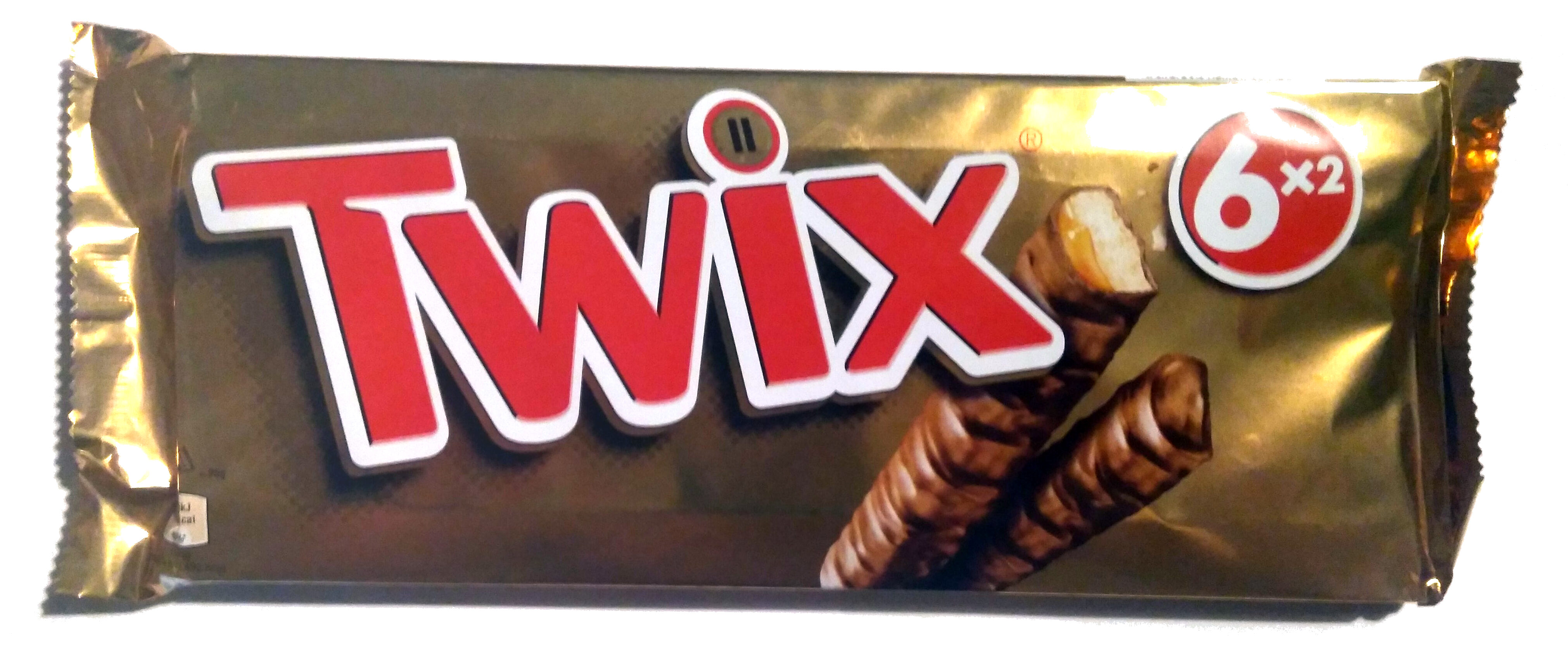Twix - 300 g (6 x 2 x 25g ℮)
Streckkod: 5000159461849 (EAN / EAN-13)
Vanligt namn: Kex (26%) och mjuk kola (32%) överdragen med mjölk choklad (35%)
Kvantitet: 300 g (6 x 2 x 25g ℮)
Förpackning: Kartong, Film, fr:Green Dot
Kategorier: Snacks, Söta snacks, en:Cocoa and its products, Konfekt, en:Bars, Chokladgodis, en:bars-covered-with-chocolate, en:Imbiss, en:Riegel, en:Schokoladenkonfekt, en:Schokoriegel, en:Schokoriegel mit Karamell, en:Süßer Snack, en:Süßwaren
Etiketter, certifieringar, utmärkelser:
en:Green Dot, Triman, en:Grüner Punkt

Ingredients ursprung: Frankrike
Tillverknings eller bearbetningsplats: France
Butiker: Super, E.Leclerc, Auchan, Cora, Aldi, Carefour, Carefour Market, carrefour.fr, Franprix
Matching with your preferences
Report a problem
Datakällor
Produkt tillagd den av openfoodfacts-contributors
Senast ändrad produktsida på av sebleouf.
Produktsida också redigerad av additives-app-chakib, date-limite-app, dorado-jerome, driveoff, foodrepo, g123k, gendy54, gummibeer, inf, jumati, kiliweb, magasins-u, packbot, rajo01, scanbot, sil, teolemon, yuka.R0lZYk01UTU5OTR6b01Wdnd5UEx5TWhlNGFLc1JFYU5kK2tKSVE9PQ, yuka.R3JneVBia2kvYWdUdXYwdTVFM1c1ZEZFbXNlV1hGbWFLdlF6SUE9PQ, yuka.U29NaE5KUU4rTXNybU1RbDdqM1E1ZUoyK01HQ2ZYRzFjT2dSSVE9PQ, yuka.UjdJalBKNFR0dElza01FeDdpSDIzKzEvNE03M1RIR2VPN0lUSVE9PQ, yuka.UmJza1FLVWJ1OXN3dmRzdjdEZlUxL0p0ektLVGNFT1ZCdEFSSWc9PQ, yuka.VFB4UUQ0TUMvdGdudjhNeHBqWEU0NDFyOWJqeFhVR0lHYnNySVE9PQ, yuka.VGFFOVBvWmVpTjRLb3MweTREZlU1dWhjNFpMekJudXJjZWNKSVE9PQ, yuka.WUpJTkZJQXFxTkJXbGZjVS95NzU0K3B4bmNPeFprNnhKT3M4SVE9PQ, yuka.YXJzQkh2Z2orK2xReS9SaDl6TGErOXhhMXI2alhtQ3lHc3N3SVE9PQ, yuka.sY2b0xO6T85zoF3NwEKvlkV5csf5ozaUPQLVgEOayO-AE5yyTOxI-ZPbMqg.












